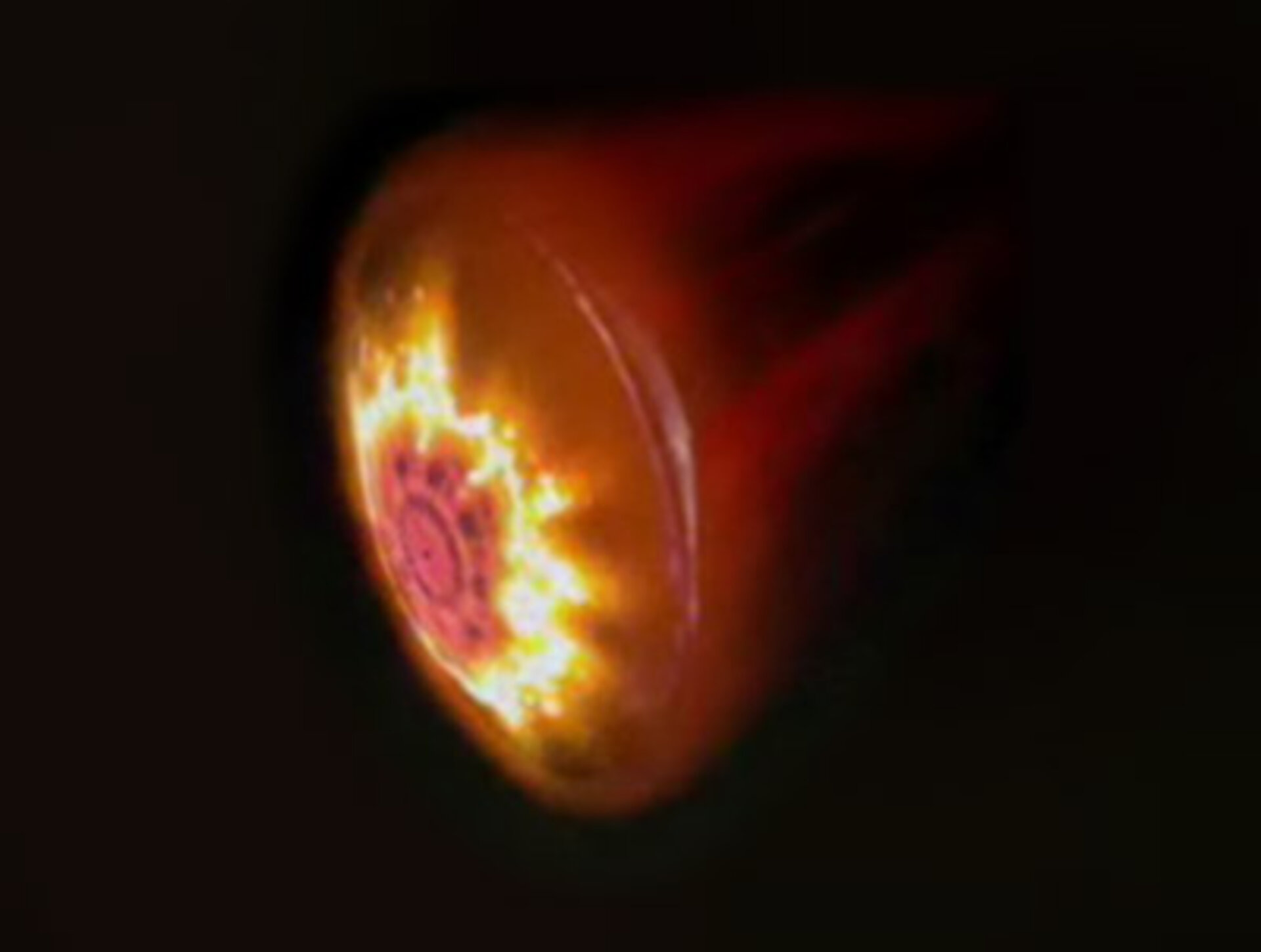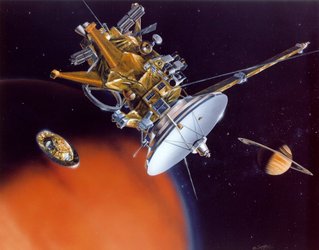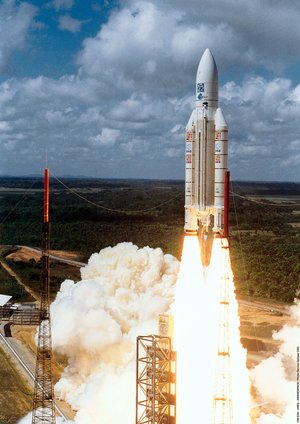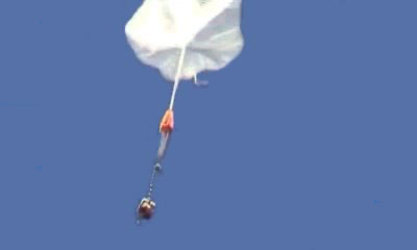The day of descent
When ESA’s Huygens probe plunges into the atmosphere of Saturn’s largest moon, Titan, on 14 January 2005, telescopes on Earth will be watching the remote world.
Observations of Titan from Earth will help to understand the global condition of the atmosphere, while Huygens is passing through a tiny section of it. As Huygens drifts down, its instruments and cameras will be collecting vital information about the atmosphere and surface.
The Cassini mothership will be listening, so that it can later transmit the results to Earth but, while Cassini is pointing its high-gain antenna at Huygens, it cannot watch Titan with its cameras. So telescopes on Earth will try to do the job.
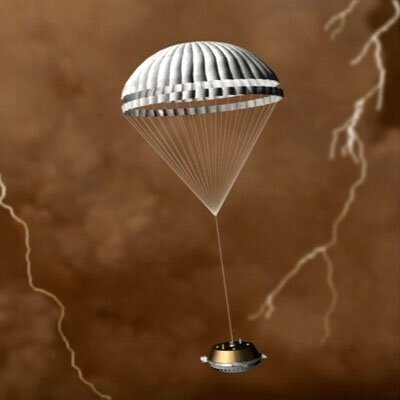
The telescopes located around the Pacific Ocean will be used because Titan will be in view from these areas at the time of the Huygens descent. An observation from space, by the NASA/ESA Hubble Space Telescope, is also planned.
The most exciting possibility is that the observations may show a tiny, bright speck at the moment Huygens enters the atmosphere.
This point of light will be the ‘fireball’, created by friction as the probe’s heatshield hurtles through the denser parts of the moon’s atmosphere and the spacecraft shoots across Titan’s sky like a giant meteor.
Although the chances of seeing the fireball are faint, the best location to be looking from happens to coincide with the largest single telescope in the world: the 10-metre Keck telescope. Situated on the summit of the dormant volcano Mauna Kea, on Hawaii, Keck will be directly in line with Titan at the moment of the Huygens descent.
In addition to optical telescopes, a string of radio telescopes across America, Australia, China and Japan will team up to listen for the faint radio signal of Huygens itself. If they hear this tiny call, they will be able to help determine, after weeks of processing the Huygens amount of data that will be collected, the precise landing location for the probe on Titan’s surface.
Jean-Pierre Lebreton, Huygens Project Scientist, will be in ESA’s European Space Operations Centre (ESOC) at Darmstadt, Germany, during the descent of the probe. As any space scientist knows, planetary descents can be risky things. However, Lebreton says that preparations for the day of descent are going well, and adds, “We have no time to get nervous, there is too much work to do.”


